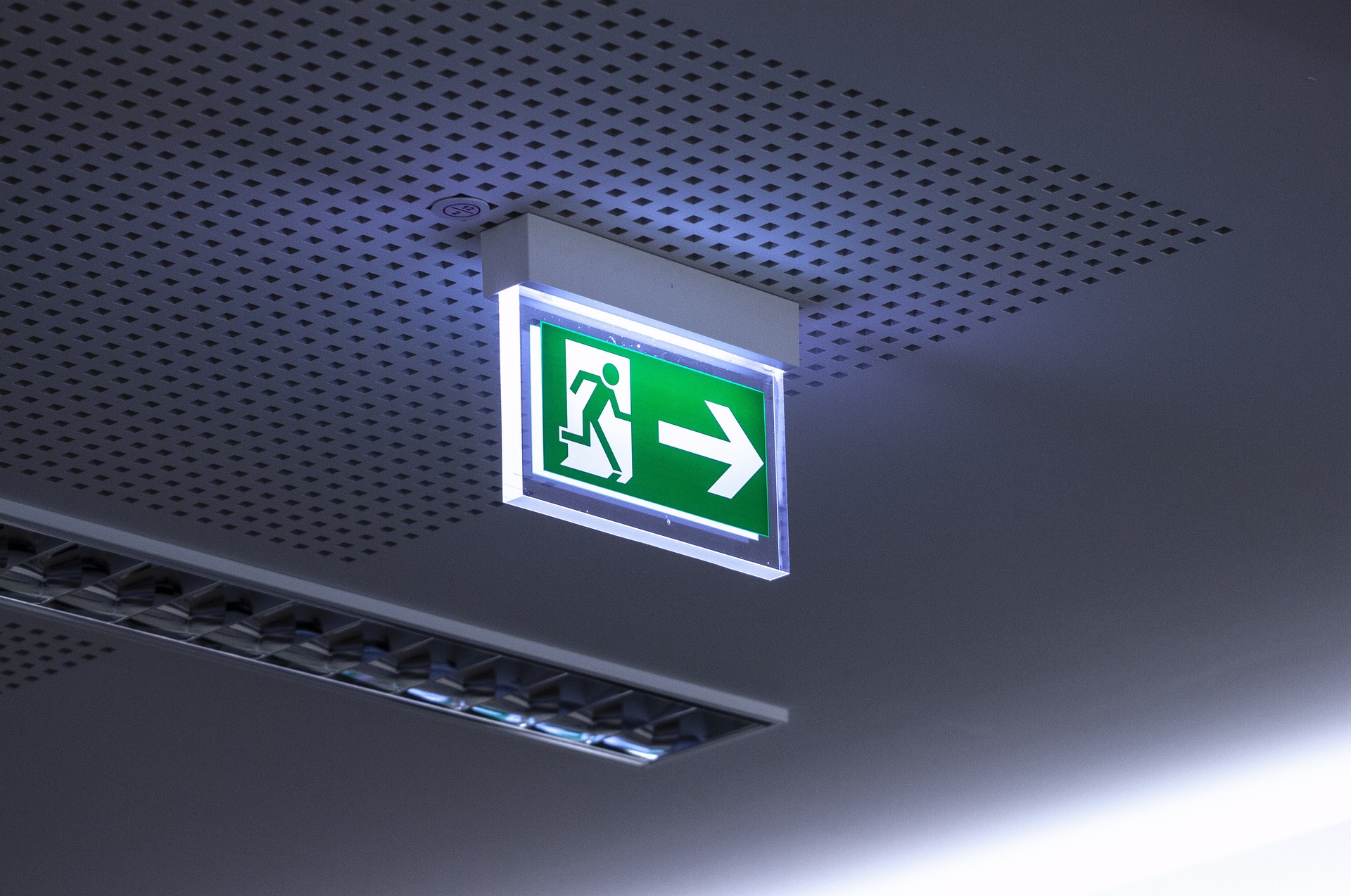CMG Fire and Safety Services have vast experience, industry knowledge, and awareness of applicable Australian Standards and building codes, and are proud to be able to provide Emergency Management Assistance, Evacuation Diagrams, Fire Safety Training Courses, and OH&S services to industry, health, aged care, education, resource, and public sectors. These services deliver the highest possible outcomes with a focus on technical expertise and practical solutions to everyday problems.
Emergency evacuation diagrams should not be overlooked when it comes to keeping your business safe. Australia’s work health and safety legislation stresses the importance of proper emergency preparedness. A comprehensive evacuation diagram is essential for keeping workers safe during an emergency or fire. In this guide, we share what you need to know about creating evacuation diagrams that comply with relevant regulations in Australia. We’ll look at who needs them when they’re required by law and what information must be included in these vital documents. Don’t risk leaving employee safety up to chance- read on to learn everything you need about emergency evacuation diagrams down under.

What are emergency evacuation diagrams, and what do they show?
Emergency evacuation diagrams are essential to any workplace or public space, providing detailed visual information about the safest and most efficient exits from a building in case of an emergency. These diagrams show both the layout of the building and which routes need to be taken to evacuate in the most effective way possible. Different symbols are used for various doors, windows, stairwells, elevators, emergency equipment and exit points. Everyone present should know where the emergency evacuation diagram is located to familiarise themselves with how to safely exit in case of an emergency and ensure they reach a place of safety as efficiently as possible.
Who should have an emergency evacuation diagram?
Emergency evacuation diagrams are vital for any building that could potentially contain hazardous situations in an emergency. Any potential risks need to be extensively considered and addressed, and it is essential that everyone within these buildings is made aware of the evacuation plan in case of emergency. Organisations such as hospitals, schools, colleges, aged care facilities, engineering workplaces, factories and process plants, manufacturing workspaces, child care centres, restaurants, and sporting clubs should all have clearly visible evacuation diagrams on-site so that personnel can immediately identify the safest course of action during an emergency.
Are there any specific requirements for emergency evacuation diagrams in Australia?
Evacuation diagrams are an essential element of workplace safety in Australia and need to comply with the prescribed requirements of AS 3745-2010. All evacuation diagrams should clearly display a picture of the floor or area and have a title that reads either “Evacuation Diagram” (or ‘Fire Evacuation Plan’ if in QLD). Exits must be marked in green, while any firefighting equipment installed within the building should also be present. The validity date and location of assembly points must also be included as mandatory elements. In addition, a legend should be provided at the bottom to explain any evacuation diagram symbols used. Therefore, employers must diligently adhere to these requirements to ensure their building complies with appropriate guidelines.
Optional information for evacuation diagrams?
It’s essential to include comprehensive fire safety information on your fire diagrams. However optional requirements are often beneficial. It is suggested to include information such as the north indicator, the direction of emergency door openings, and electrical switchboards. Additionally, more specific items such as first aid kits and defibrillators, spill response kits, and fire hydrants should also be included for optimal safety. Be sure the details align with the organisation’s evacuation plan for a seamless implementation of its policies in times of emergency.
Emergency Evacuation diagram image




Source: https://www.cmgsafety.com.au/wp-content/uploads/2022/10/Treeby-Primary-School.jpg
What should you do if there is an emergency and you need to evacuate your building or property in Australia?
In the event of an emergency that requires the evacuation of a building or property in Australia, all individuals should follow the instructions and advice given by any relevant authorities on the scene. Ensure safety and efficiency by remaining calm, staying informed, listening carefully to instructions, and acting fast. In order to prepare ahead of time for instances such as these, it is recommended that individuals become familiar with any safety resources available in their communities before an emergency occurs. Taking proactive steps ahead of time to become familiar with evacuation procedures can significantly help when reacting quickly in unexpected emergencies.
How can you ensure that you are safe during a fire or other emergency situation at work?
Being prepared for an emergency situation while at work can help keep you safe. Familiarising yourself with any fire safety and evacuation policies within the workplace should be a top priority, as it may be required to execute those protocols during an emergency. Additionally, creating a plan of action ahead of time that you can refer to in an emergency is valuable. This may include designating a safe meeting spot outside the building and having designated roles for specific people if the entire staff is evacuated. Taking these preemptive steps to ensure your safety will give you more confidence in handling an emergent situation at work.
Conclusion
In the event of an emergency, it is crucial that you know what to do and how to evacuate safely. Emergency evacuation diagrams can provide this information in a clear and concise way. Everyone who occupies a building or property should have an evacuation diagram, as should anyone who visits frequently. Australia has specific requirements for evacuation diagrams, including specifying the building type, exit routes, assembly points, and more. You may also include optional information such as first-aid locations and contact numbers for emergency services. If there is an emergency situation at your workplace or anywhere else, make sure you follow the instructions on your emergency evacuation diagram so that you can be evacuated safely and quickly. Get your emergency evacuation diagrams today so that you are prepared in the event of an emergency tomorrow.
Interesting Related Article: “A guide to Emergency Evacuation Diagrams in Australia“









